DRY-nking coffee wherever I go
Paris, Jaén, Lisboa, Zambana: united by speciality coffee and a pinch of sustainability
Once upon a time, I had a colleague who made coffee her whole personality. With her heavy Eastern European accent, she would always introduce herself as a coffee lover—a nice trick to ensure everyone knew what to bring her as a favour.
Only she did not like coffee.
She liked milk.
She liked cappuccino, caffelatte, or coffee with that US concoction of artificial flavours called Coffee-mate if no milk was available.
Throughout our professional lives, we fell apart.
Although we were polite on the surface, we did not enjoy each other's company and stayed away as much as possible. I suspect she even started avoiding my office when I bought an Aeropress for the team, as I could not take any more office coffee (disgusting Nespresso caps).
Luckily, I was placed on a project that allowed me to travel to Norway frequently. I constantly got a fresh supply of coffee directly from the tiny Gruneløkka shop where Tim Wendleboe is located in Oslo.
Tim Wendleboe, Oslo (Norway)
It is mainly thanks to Tim Wendleboe that I joined the ranks of speciality coffee drinkers, and along his lines, I have crafted my taste, as well. They introduced me to Aeropress, and I always return eagerly to them. As it was unavailable in Europe, I had to ask one of my colleagues from the US to bring me one.
The last time I was in Oslo, a couple of months ago, I risked missing my flight because I needed to get to Tim before it, and I packed several coffee beans of his selection.
I like his specific point of acidity, a trademark of his coffees no matter what, that mellows when prepared for the filter but becomes more evident in Moka or Aeropress.
Nena Coffee, Lisbon (Portugal)
I got to Nena via my friend Edgardo Pacheco, the resident expert for Portugal's olive oil and a great teacher of all things gastronomical—his school of products launched last year was a success.
During one of these masterclasses, I met Blanca Elena Avendaño of Nena Coffee, whose goal is to bring Colombian culture to Europe, where coffee is an integral part of the fauna and flora of its tradition.
Nena coffees grow at altitudes between 1300 and 1800 meters above sea level and are 100% Arabica. It is Helena herself who travels back and forth and selects the beans in Colombia, like her Mandela coming from Granja la Esperanza or the Conexão, from Huila.
Vander Coffee, Jaén (Spain)
As you soon discover, I get to coffee through trusted sources: I am constantly introduced to coffee by someone whose taste I can be sure of—and Vander Coffee is no exception. Because of Pedro Sánchez and Mapy of Bagá restaurant in Jaén, I stumbled upon Vander, and I fell in love with their philosophy and preparations.
One of their specificity, and why you should have a coffee there, is that they constantly collaborate with their Michelin and Repsol awarded neighbours for bringing new flavours to their coffee - like last autumn, carruecos together with Bagá and a cappuccino with EVOO or “aevoccino”, as well as lactorrija for Easter and so on.
Beware: on special days, they partner with local artisanal bakeries like Pastelaría Calitos, Panadelia Navas, and El Horno de Torrequebradilla. You may never be able to leave Vander unless you roll back to the parking. My suggestion? Take your time. You will need a couple of hours here to have a proper tasting with some of the special creations, and remember that Spain being Spain, and especially Andaluía being itself, you will get your pastry late. So sit, wait, and sip. It will be mindblowing.
Druper Coffee, Zambana (Italy)
As usual, I got to Druper via…Vea, of Mas del Saro. I have been following Vea for a very long time. Finally, when I managed to score a seat at her table (I wrote about her in Raging Restaurant Reviews), I also tasted Druper, which is insane because I live less than a couple of kilometres from their shop!
I brought my mum. I always complain about the lousy coffee we have at home, and she managed to try a filter and espresso coffee and get to know the shop, which also doubles as a coffee space.
Their style is Nordic like Tim's but with a warmer twist and perhaps a stronger finish. They have to fight against decades of lousy coffee here in Italy, roasted into oblivion, that has forever ruined the local palate. They have a true sense of discovery and scout the whole world to find altitude coffees. They are also experimentalists and do not stop at Arabica but try blends and different origins. With them, you travel, and you travel far.
Yam’Tcha Boutique, Paris (France)
I do not drink coffee in France as a habit because too many bad coffees in my early adulthood ruined me forever. However, in Paris, I drink a lot of tea - they have Mariage Fréres, but they also have Ogata (I wrote about them here) and Yam’Tcha (I wrote about them here), where I satisfy my cravings for tea.
As I am more of a tea drinker, I do not “suffer” the lack of coffee.
One coffee, however, is entirely worth the trip.
It is the typical Hong Kong tea, coffee, and milk drink that the kind and knowledgeable owner of Yam’Tcha Boutique brews on the spot. Mainly a tea shop, they have this local Cantonese speciality that is to die for. Have it with one of their signature bags for the perfect moment: I love the black sesame and the Roquefort and cherry.
If all fails, Maison Kitsuné (30, rue du Vertbois—but there are other locations in Paris near the Louvre and Tuileries and in Japan) is an outstanding coffee place. It is a roastery run by the artisan roaster Florian Decousser.
You may ask why these spaces, why these coffees - and not others.
These spaces gave me something the first time I stepped into them. I have been to dozens of speciality coffee places. Lisbon has become the new Berlin in this sense, for example.
But these above are my picks, wholesome spaces from where I buy coffee for home, too. The experience, to say it as they say it on social media, came home with me, packaged in an aroma-proof sealed bag for further grinding, soaking, filtering, and sipping.


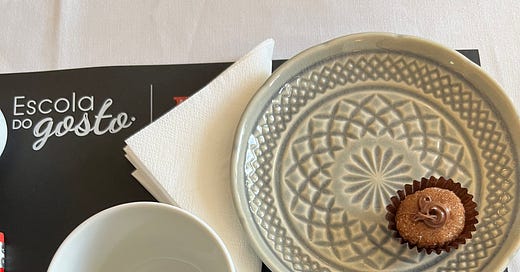



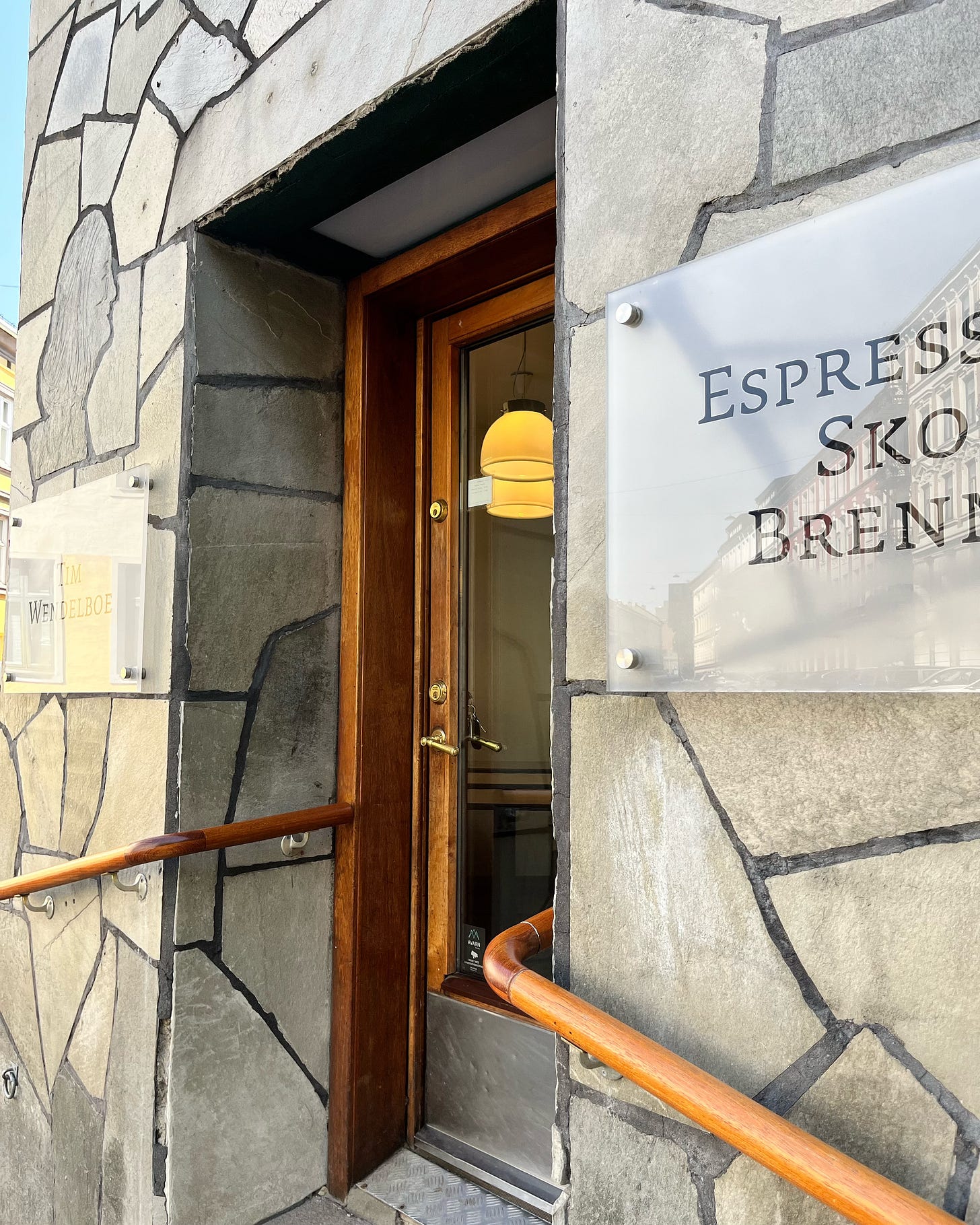
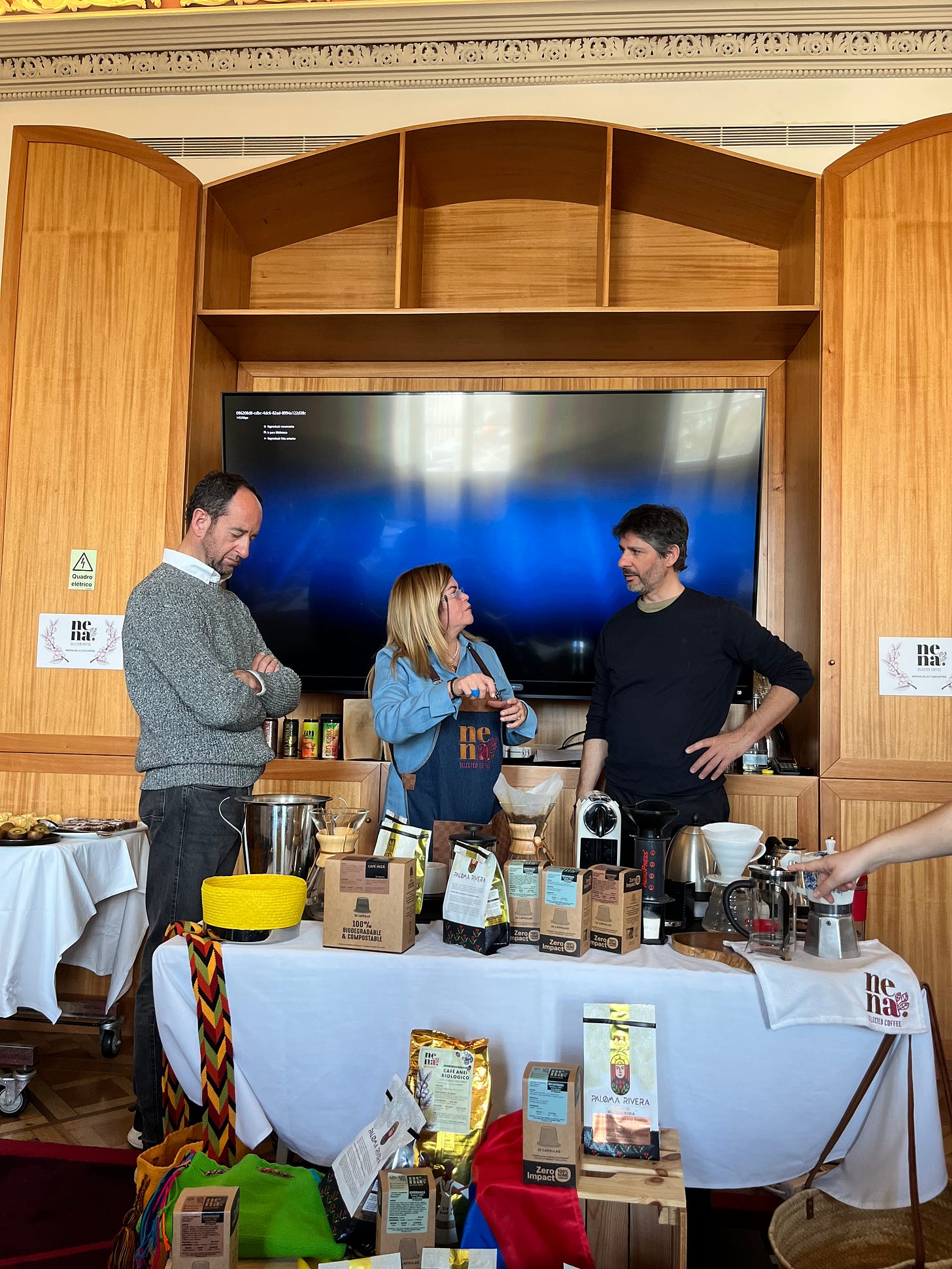
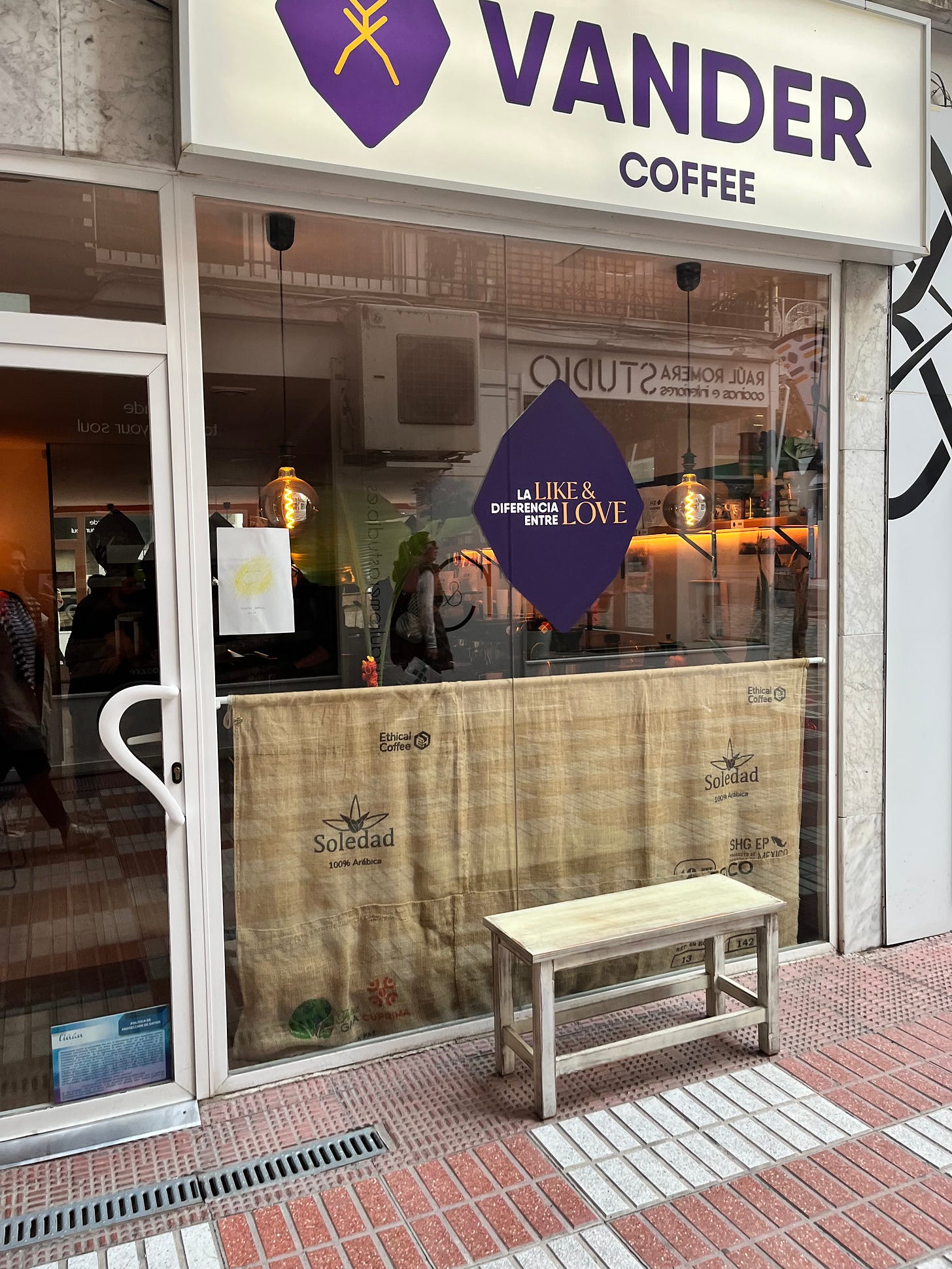
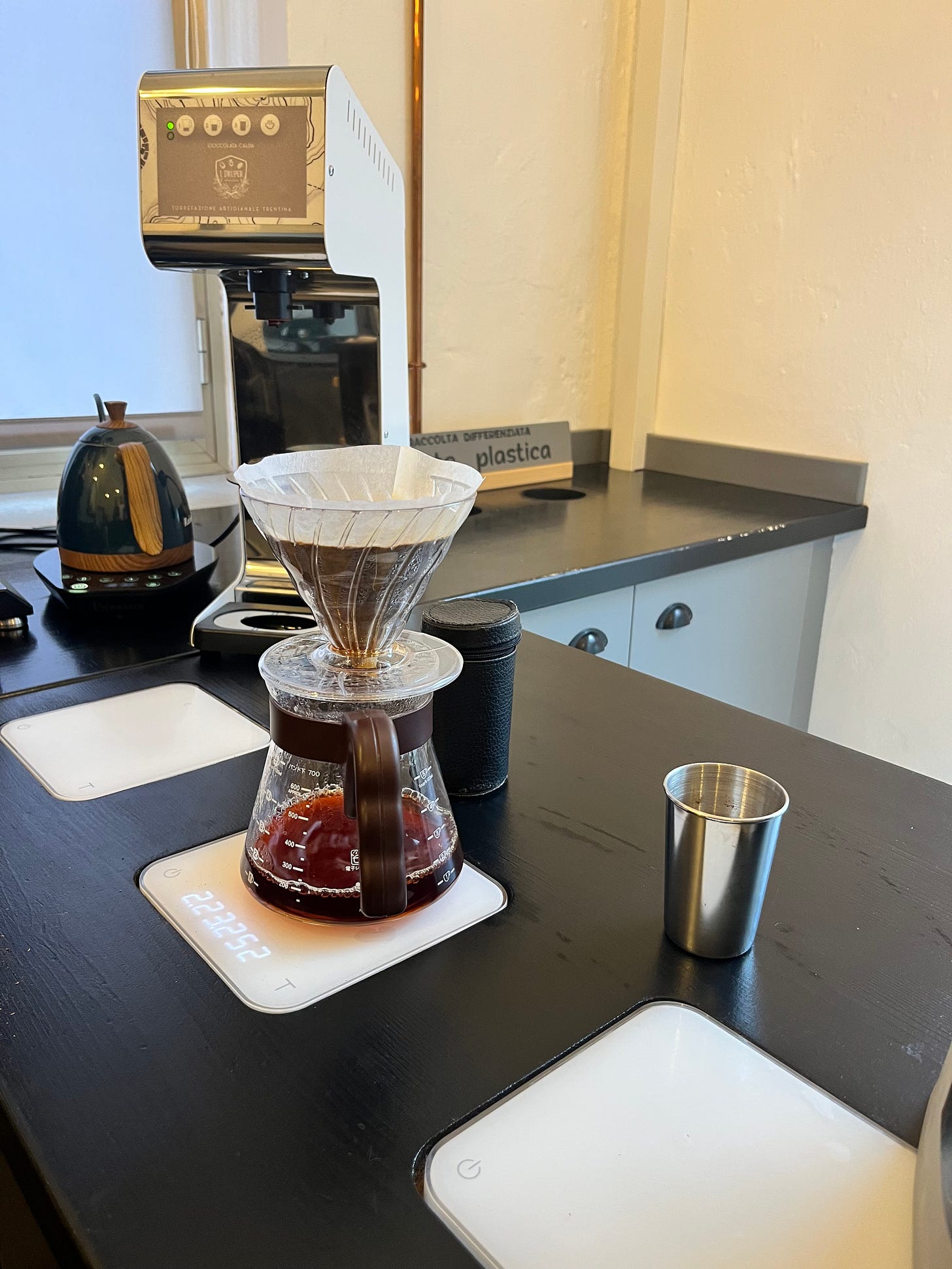
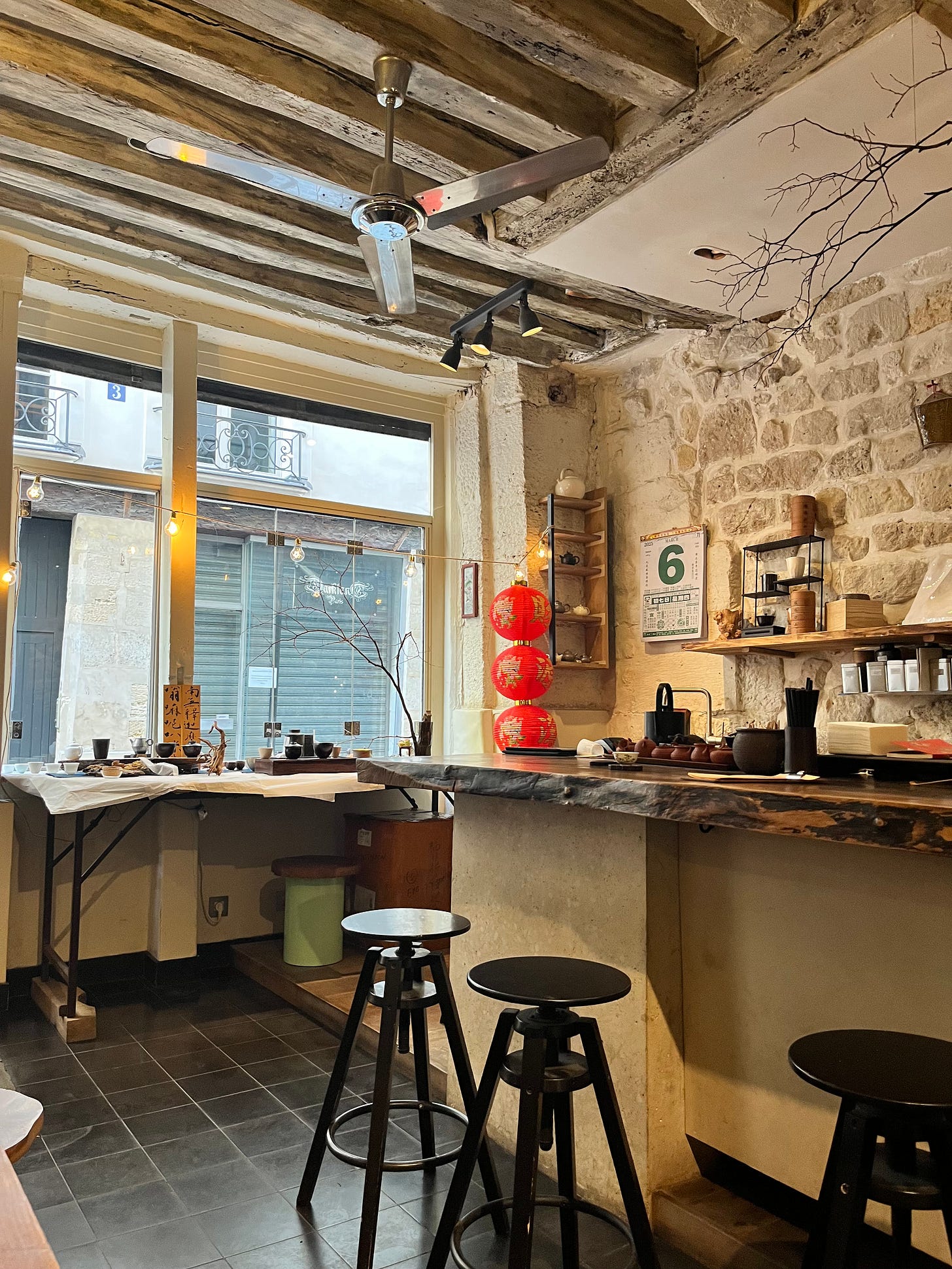
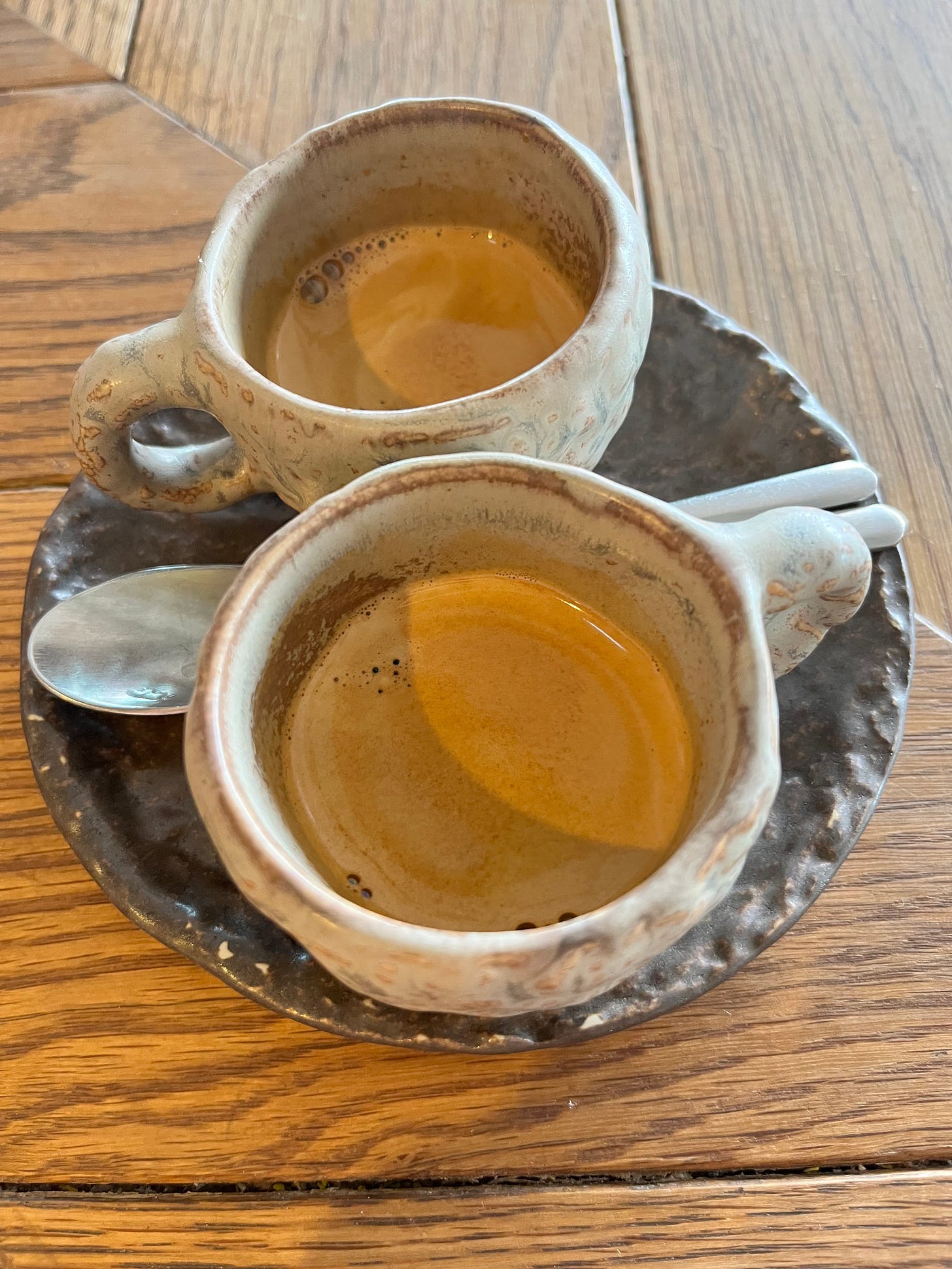
I feel like I've had the coffee from picture no 7. Also, every city has some places like this, and I have loved many- my only issue (having lived in Ethiopia, the birth place of coffee) is that some are really on the pretentious side and overpriced, given the price coffee farmers get (even the luckier ones connected to these special places).
Thank you for this story. So good to see coffee in other places beside the usual. We have a Kitsune here in Brooklyn and it’s a magical little place. The coffee itself is horrible though. So I drink tea.